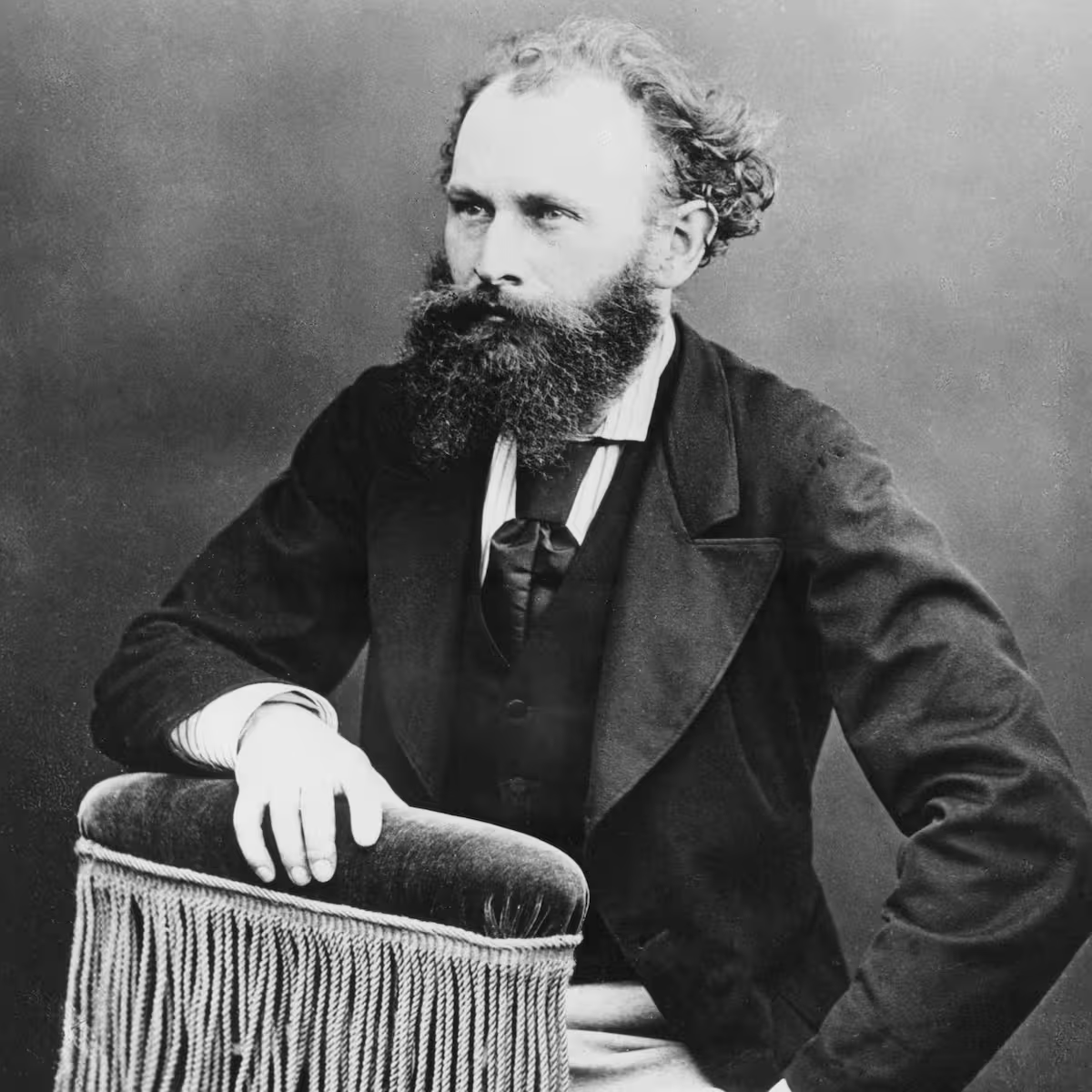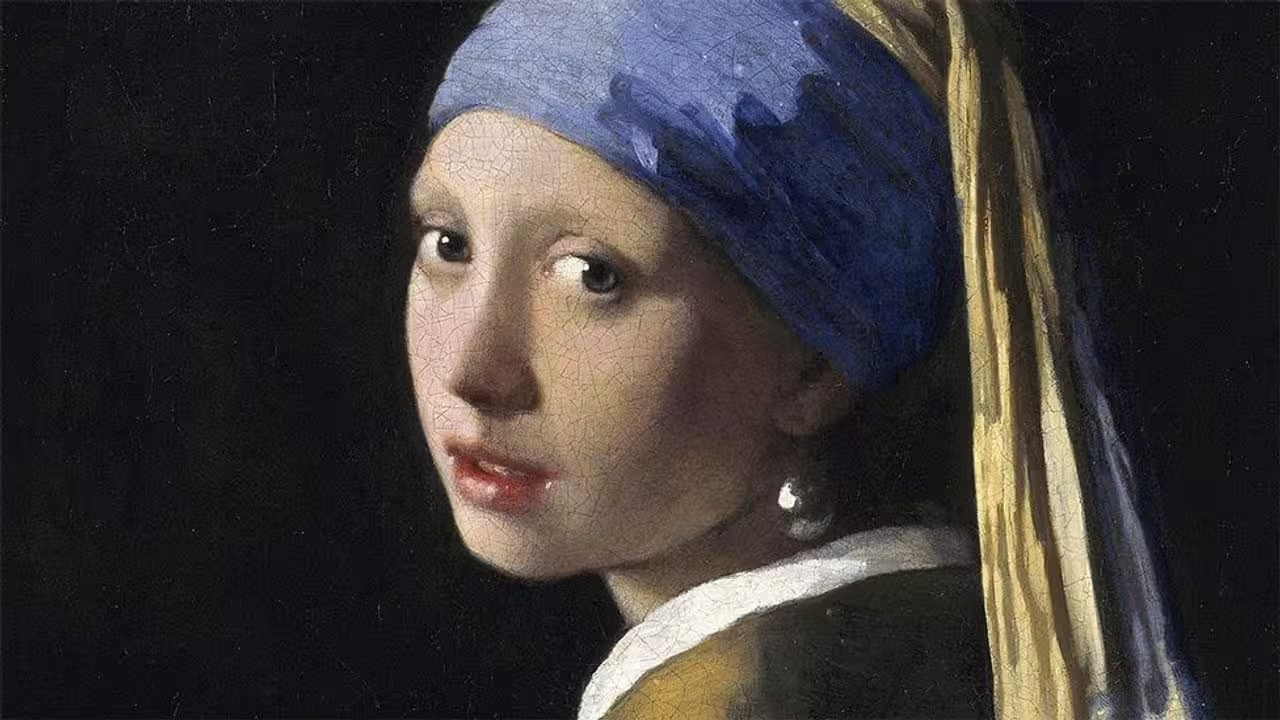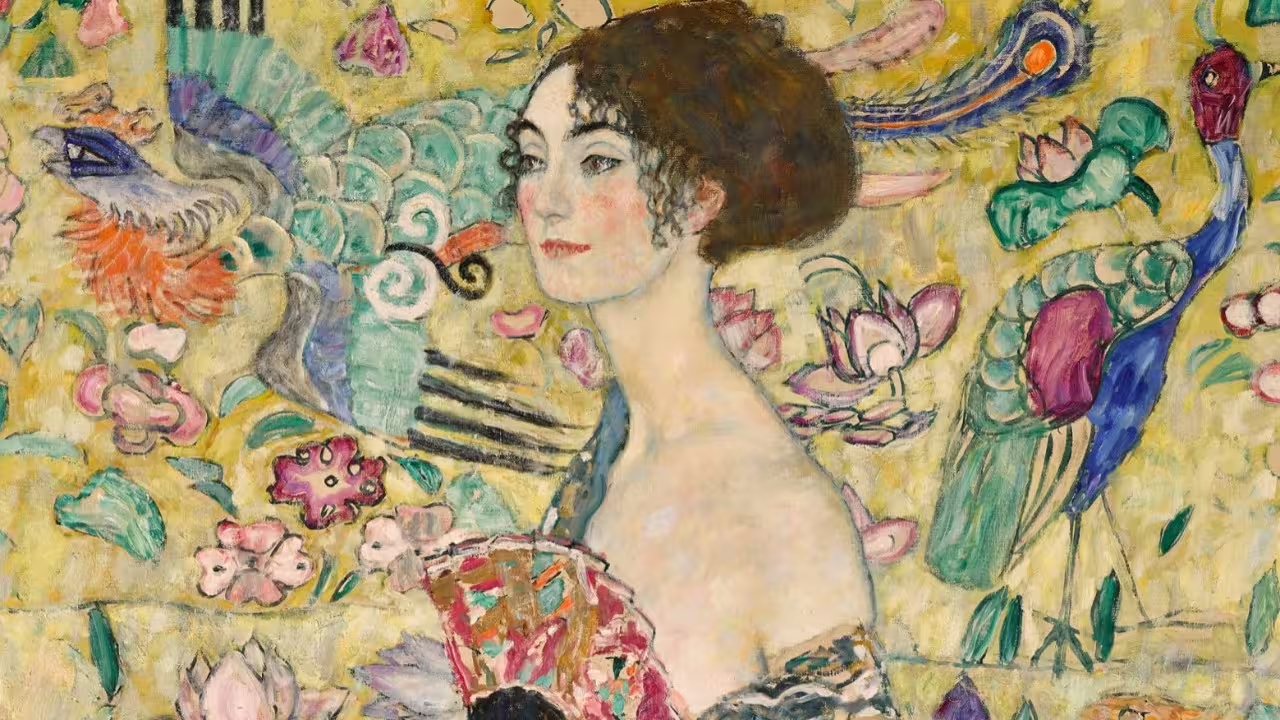Vermeer Was a Renowned Art Dealer
Alongside his career as a painter, Vermeer also took up one of his late father’s trades and became an art dealer. His reputation peaked in 1662 when he was appointed head of the Guild of Saint Luke, a prestigious organization that governed local artists.
He and His Wife, Catharina Bolnes, Had Fifteen Children
The couple had fifteen children, which was more common in Vermeer’s time than it is today. Sadly, four of them died in early childhood. While Vermeer experienced financial prosperity in the early years of his marriage, his large family quickly became a burden when war broke out and left him ruined.
Vermeer Only Painted 45 Works
Vermeer’s fame is not linked to the quantity of his paintings. Over his lifetime, he is estimated to have produced only 45 paintings, of which only 35 have survived. Nevertheless, he is still ranked alongside Rembrandt as one of the greatest masters of the Dutch Golden Age.
Girl with a Pearl Earring Inspired Hollywood
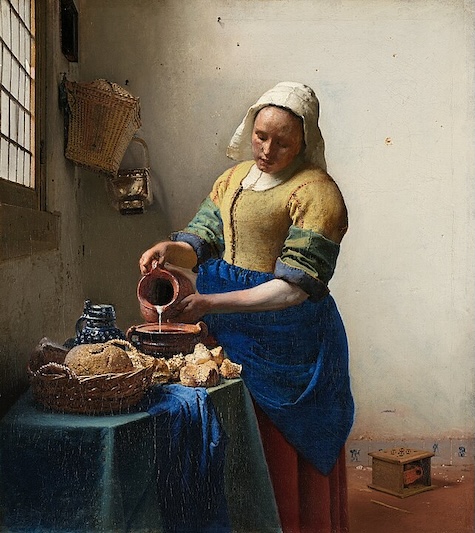
While advertising popularized The Milkmaid as Vermeer’s most famous painting, Hollywood drew inspiration from Girl with a Pearl Earring. In 2003, director Peter Webber released a romantic drama of the same name, starring Scarlett Johansson, based on the life of the mysterious girl in Vermeer’s painting.
The Lack of Information About Vermeer Attracted Forgers
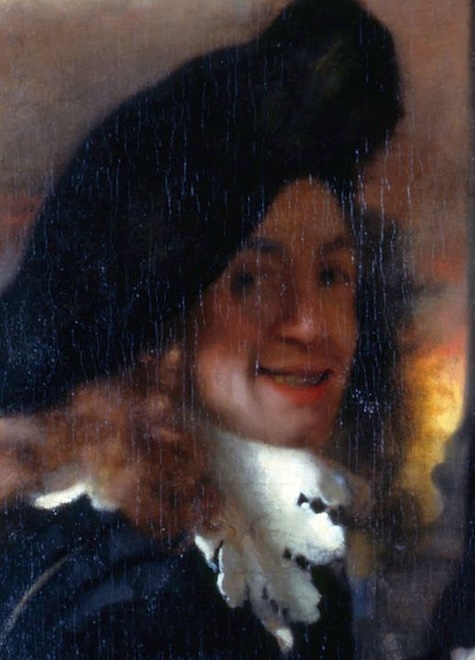
After Vermeer’s death, his work fell into obscurity, overshadowed by religious and historical painting. In the 20th century, Vermeer’s popularity resurged, but the lack of records about his life led to uncertainty over some of his paintings. Not all of them were signed, such as the oil painting Girl with a Flute, while others were later identified as forgeries, including Girl Laughing. Many forgers and fraudsters saw Vermeer’s mysterious legacy as a perfect opportunity for deception.
Recurring Elements in Vermeer’s Paintings
Vermeer’s interior scenes are instantly recognizable. Beyond his distinct painting style, he consistently repeats the same elements, objects, and furniture. One of the most notable is the porcelain jug, which appears in many of his works.
Additionally, almost all of his paintings are lit from the left, casting light across the scene from left to right.
Vermeer Used a Camera Obscura
According to historians, Vermeer’s ability to achieve remarkably precise perspectives and light effects was likely due to his use of a camera obscura. Also known as a dark chamber, this device, first described in the 10th century, projects reflected light from objects onto a flat surface, helping artists capture realistic proportions and depth.
Like His Father, He Left Behind Debts
The Franco-Dutch War devastated Vermeer financially, both as a painter and an art dealer. His business first declined, and as he became ruined, he was forced to take out loans, sinking further into debt. He ultimately died from exhaustion, leaving his wife and eleven surviving children burdened with significant financial debts—just as his father had done before him.
Vermeer Was Not His Real Name
Vermeer’s father was named Reynier Janzsoon. In Dutch tradition, a father’s first name (not the family name) was passed down, meaning Vermeer’s given name should have been Johannes Reynierzoon. However, his father had a nickname—”Ver Meer”, meaning “man of the lake” or “man of the mother” in Dutch. It was this nickname that Vermeer eventually adopted and used to sign his paintings.
No Sketches or Drawings by Vermeer Exist
Art historians typically study an artist’s preparatory sketches, drafts, and drawings to better understand their creative process. However, for Vermeer, no such sketches have ever been found. This lack of preliminary work leaves researchers with very little insight into how he developed his compositions.
